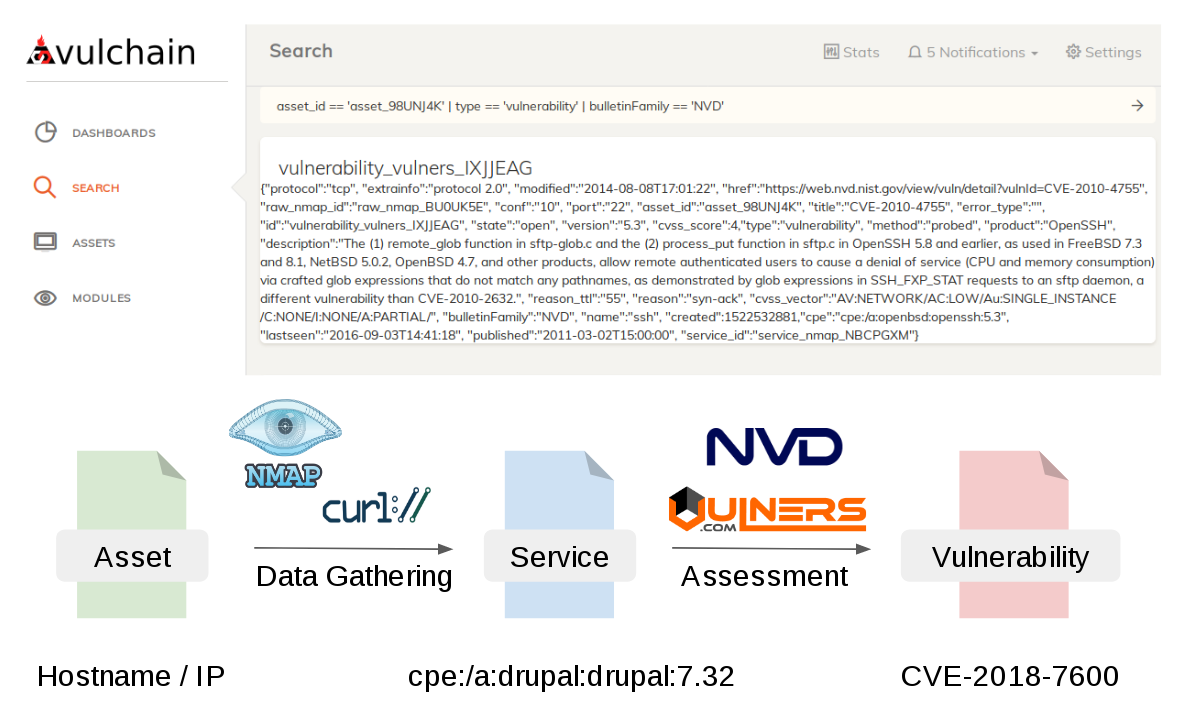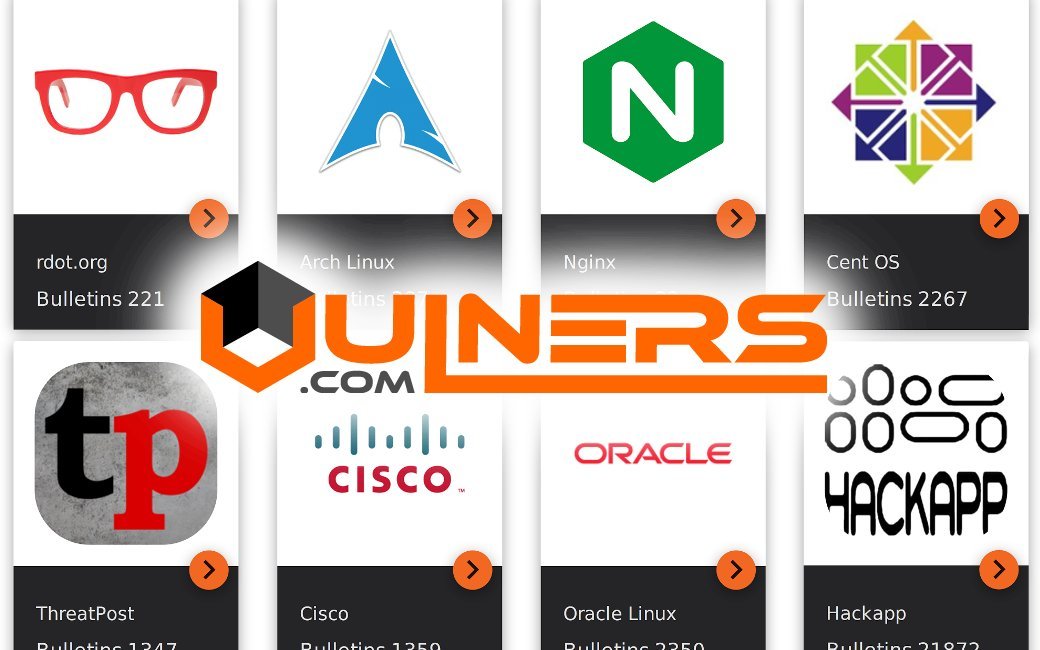Last Week’s Security news: Serious Sam in Metasploit, PetitPotam, Zimbra Hijack, Joint Advisory TOP30 CVEs. Hello everyone! Last Week’s Security News, July 26 – August 1.
Serious Sam in Metasploit
Last week I talked about the Serious Sam vulnerability (CVE-2021-36934), also known as HiveNightmare. The name HiveNightmare comes from the fact that Windows stores its registry data in a small number of proprietary database files called hives. Due to mismanagement of SAM and SYSTEM hives in Windows 10, it is possible for an unprivileged user to read those files and then, for example, extract the account password hashes. An exploit for this vulnerability is now available in Metasploit and it will be much easier for attackers to exploit this vulnerability. The issues is still under investigation by Microsoft and a patch is not currently available, only the list of vulnerable OS versions, however a workaround has been provided.
PetitPotam
At the beginning of last week, PetitPotam (Little Hippo) attack made a lot of noise. It could force remote Windows systems to reveal password hashes that could then be easily cracked.
“The PetitPotam bug is tied to the Windows operating system and the abuse of a remote access protocol called Encrypting File System Remote Protocol (MS-EFSRPC). The protocol is designed to allow Windows systems to access remote encrypted data stores, allowing for management of the data while enforcing access control policies. […]
The PetitPotam PoC is a form of manipulator-in-the-middle (MitM) attack against Microsoft’s NTLM authentication system. Next, an attacker uses the file-sharing protocol Server Message Block (SMB) to request access to a remote system’s MS-EFSRPC interface. According to [security researcher Gilles Lionel], this forces the targeted computer to initiate an authentication procedure and share its authentication details via NTLM.In response to the public availability of the PoC, Microsoft was quick to respond, outlining several mitigation options. For starters, Microsoft recommends disabling NTLM authentication on Windows domain controllers. It also suggests enabling the Extended Protection for Authentication (EPA) feature on AD CS services.”
But there won’t be any special fix. Microsoft: “PetitPotam is a classic NTLM Relay Attack, and such attacks have been previously documented by Microsoft along with numerous mitigation options to protect customers.”


